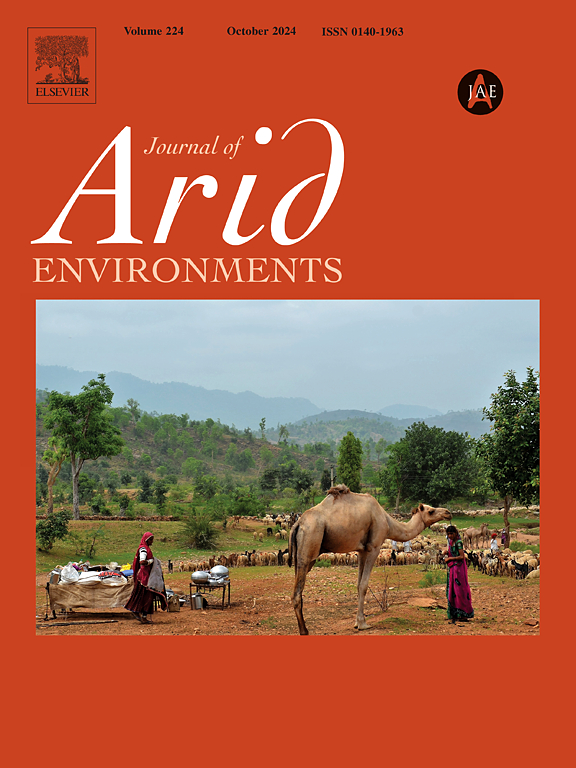Estimation of carbon stocks in the areas of a seasonally dry tropical forest in the Brazilian semi-arid region
IF 2.6
3区 环境科学与生态学
Q2 ECOLOGY
引用次数: 0
Abstract
In addition to its ecological importance, the Caatinga biome, one of the most extensive seasonally dry tropical forests (SDTF) in the world, has a relevant socioeconomic role as it is used as a primary natural resource by local communities. However, inadequate ecosystem management practices have resulted in gradual loss of natural vegetation in this ecosystem. Carbon stock estimation is a parameter that can contribute as a support tool for managing and maintaining the few remaining natural vegetated areas. In this study, we calibrated and validated the CENTURY model to simulate carbon stocks in areas of the Caatinga, in the state of Pernambuco, and compared the predictive capacity of the CENTURY model with available estimates. In the validation dataset, the average for biomass stocks was 33.1 Mg C ha−1, this value is close to those observed in the literature for the region. The model also performed well when estimating carbon stocks in the soil (r2 = 0.79, p = 0.017). Ecosystem modeling combined with Geographic Information Systems (GIS) is a promising tool for estimating carbon stocks in the Caatinga, where field sampling campaigns are generally expensive and have scarce research funding opportunities. Furthermore, it also allows the evaluation of the effect of environmental changes on C stocks in long-term studies, which is essential for creating and implementing public policies to mitigate and adapt to the impacts of climate change on the ecosystem. However, additional efforts are needed to improve C estimates, especially in areas with a strongly negative water balance.
巴西半干旱地区季节性干旱热带森林碳储量估算
卡廷加生物群落是世界上最广阔的季节性干旱热带森林(SDTF)之一,除了具有重要的生态意义外,还具有相关的社会经济作用,因为当地社区将其作为主要的自然资源。然而,不当的生态系统管理措施导致该生态系统中的天然植被逐渐消失。碳储量估算是一个有助于管理和维护所剩无几的天然植被区的辅助工具参数。在这项研究中,我们对 CENTURY 模型进行了校准和验证,以模拟伯南布哥州卡廷加地区的碳储量,并将 CENTURY 模型的预测能力与现有的估计值进行了比较。在验证数据集中,生物量存量的平均值为 33.1 兆克碳/公顷-1,这一数值与该地区的文献观测值相近。该模型在估算土壤中的碳储量时也表现良好(r2 = 0.79,p = 0.017)。生态系统建模与地理信息系统(GIS)相结合,是估算卡廷加区碳储量的一个很有前途的工具,因为在卡廷加区,野外取样活动一般都很昂贵,研究经费也很少。此外,它还能在长期研究中评估环境变化对碳储量的影响,这对制定和实施公共政策以减轻和适应气候变化对生态系统的影响至关重要。不过,还需要做出更多努力来改进碳储量的估算,尤其是在水量负平衡严重的地区。
本文章由计算机程序翻译,如有差异,请以英文原文为准。
求助全文
约1分钟内获得全文
求助全文
来源期刊

Journal of Arid Environments
环境科学-环境科学
CiteScore
5.70
自引率
3.70%
发文量
144
审稿时长
55 days
期刊介绍:
The Journal of Arid Environments is an international journal publishing original scientific and technical research articles on physical, biological and cultural aspects of arid, semi-arid, and desert environments. As a forum of multi-disciplinary and interdisciplinary dialogue it addresses research on all aspects of arid environments and their past, present and future use.
 求助内容:
求助内容: 应助结果提醒方式:
应助结果提醒方式:


